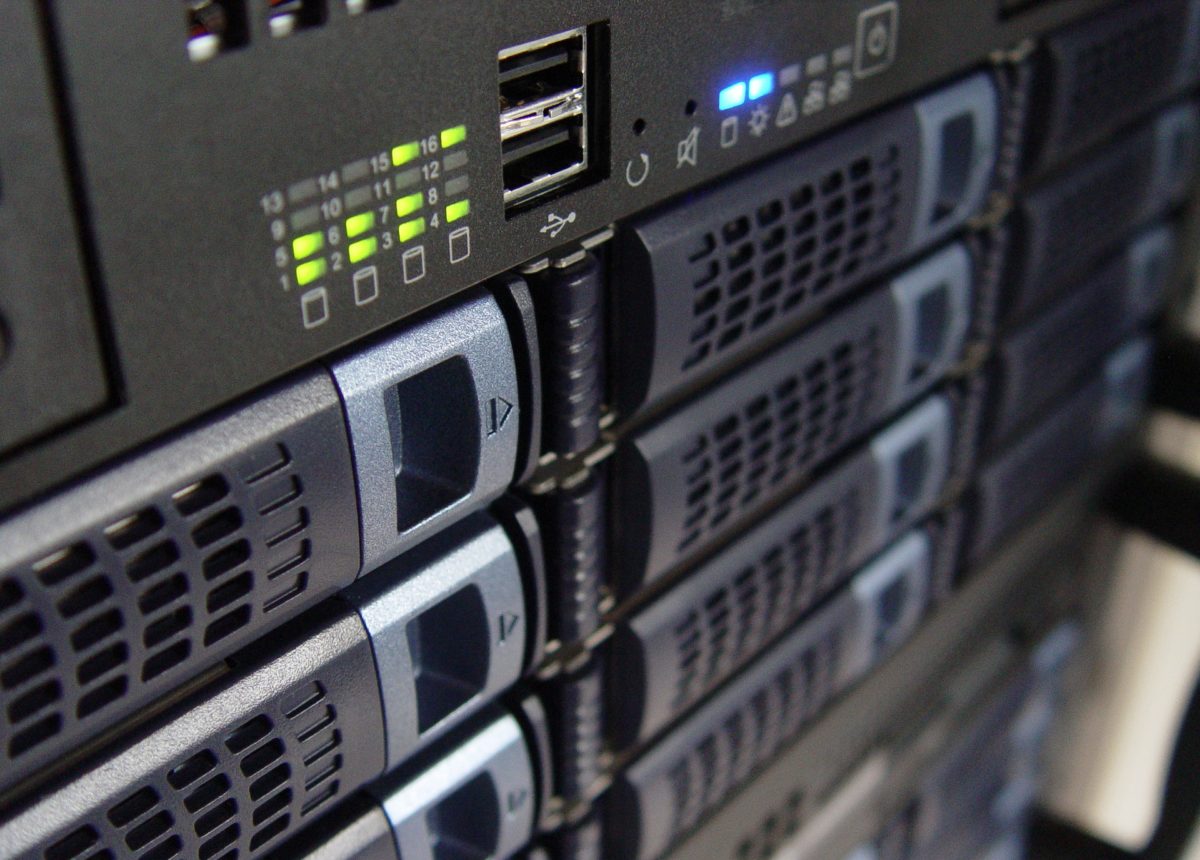A growing cluster of scientists are using drones for conservation and analysis. For over a year, Michael Moore has been attempting to capture the breath of whales.
It’s an audacious plan, however Moore has assistance. A marine scientist at Woods Hole Oceanographic institution in Massachusetts, he rigged a fleet of little unmanned aerial vehicles—UAVs, or drones—with samplers to catch whales’ exhalations from above. The aim is accumulate a good enough sample to investigate exhaled microbes and gain a higher understanding of the cetaceans’ health.
Of course, stores don’t generally sell “whale breath-catching drones” off the shelf. Moore’s team built a variety of changes to adapt his UAVs for the task at hand. He needed to set them to calibrate on flat land therefore their gyros aren’t affected by the rocking boat, and moving the sample-catching dish from the entire of the drone to.
Moore, who hopes to get his 1st microbic analysis later this year, is one among several scientists currently harnessing UAVs for wildlife conservation and analysis. using drones, one team recently discovered that there have been twice as many orangutans in Sumatra as was thought. UAVs have conjointly been utilized to map map Arctic shrubs, monitor life in a Dubai park, and even hunt down poachers in india. All it takes may be a very little engineering and ingenuity.
DIY droning
Drones have become readily available for routine uses like police work or recreations. However, they don’t usually have the features for conservation.
For example, multi-spectral cameras help drones see across a wider vary of the spectrum. They can help us see animal life in crowded jungles and forests.
In fact, a group at port John Moores University, and a part of the Sumatran pongid Conservation Program, co-founded an organization called Conservation Drones. The organization works solely on modifications and ways in which to switch UAVs for wildlife uses.
Drone no hurt
One problem is the noise and disturbance that a large drone can cause. They can actually interfere with the wildlife they are trying to analyze. In fact, animals can experience drone stress.
To address these issues, some groups recently authored a draft “code of conduct” for drones employed in conservation and analysis.
As personal drones become common, national parks and conservation areas have conjointly set rules around their use. Many, like Alces Island parkland in Canada—home to beavers, bison, pelicans and, of course, elk—are enacting bans on drones.
But for conservationists, drones could really revolutionize research within the wildest of locations. Imagine the potential of a system that would mechanically establish things it takes hours for individuals to digest.
